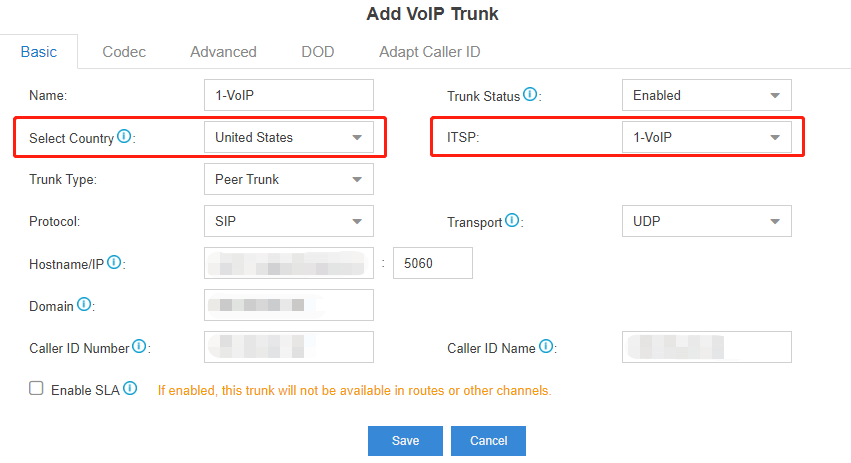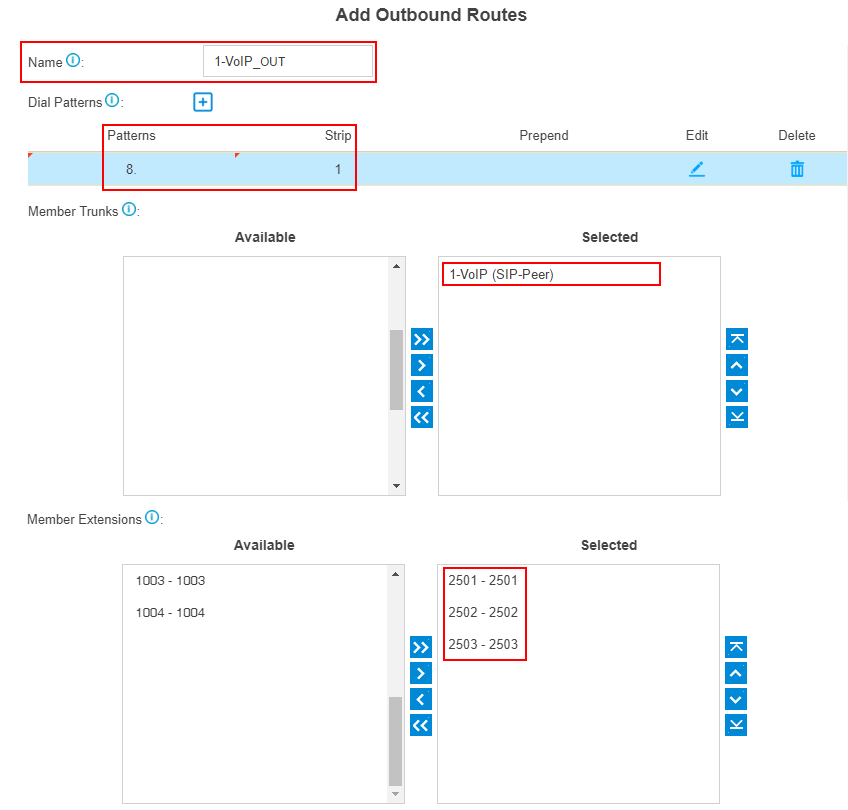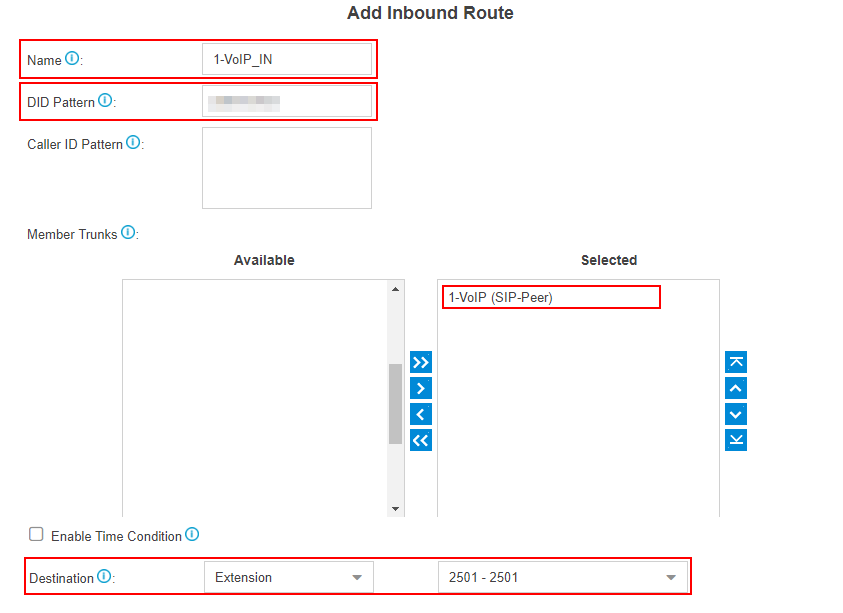1-VoIP SIP Trunk Configuration Guide
How to configure 1-VoIP SIP trunk with Yeastar S-Series VoIP PBX
1-VoIP
Top-rated service, 99.999% call-level guarantee, and straightforward and cost-efficient pricing is what you can expect from 1-VoIP and their SIP Trunking services. 1-VoIP’s owners have a telecom background spanning over 40 years of experience. After transitioning to VoIP in 2005, the company built a solid reputation of reliability and customer satisfaction. Paired with excellent customer service and technical support, 1-VoIP established itself as a dominant name in the VoIP industry providing residential, hosted business, and SIP Trunk services. 1-VoIP is currently one of the highest customer reviewed VoIP providers and has received the highest quality ratings in all categories. At 1-VoIP, the belief is long-lasting relationships with customers is key to mutual success.
Configure a SIP Trunk
1. Create an Account with 1-VoIP
To start with, you need to have an account from 1-VoIP. Please visit their website to get a SIP account: https://www.1-voip.com/
2. Add a SIP Trunk in S-Series VoIP PBX
After you get the SIP trunk account, you need to add a SIP trunk in Yeastar S-Series VoIP PBX.
Go to Settings > PBX > Trunks, click Add.

3. Configure the 1-VoIP trunk
In the new window, select United States from the “Select Country” drop-down list and select 1-VoIP from the “ITSP”.

- Name: give this SIP trunk a name to help you identify it.
- Protocol: SIP.
- Trunk Type: Peer Trunk.
- Transport: UDP.
- Caller ID Number: your 1-VoIP Account DID number.
4. Check the Trunk Status
Click Save and Apply. Go to PBX Monitor to check if the SIP trunk is connected successfully as the screenshot below shows.

Configure the Outbound Route with 1-VoIP Trunk
To make outbound calls via the newly created SIP trunk, you need to configure an outbound route for the trunk.
1. Create an Outbound Route
Go to Settings > PBX > Call Control > Outbound Routes, click Add.

2. Configure the Outbound Route
The system compares the number with the pattern that you have defined in your route 1. If it matches, it will initiate the call using the selected trunks. If it does not, it will compare the number with the pattern you have defined in route 2 and so on. The outbound route which is in a higher position will be matched firstly.
You can adjust the outbound route sequence by clicking these buttons![]()

- Route Name: give this outbound route a name to help you identify it.
- Dial Patterns: set the dial patterns. As the settings below, to make calls via the SIP trunk, you need to precede the number to be dialed with the prefix 8.
- Dial Pattern: 8.
- Strip: 1
- Member Extensions: select the extensions that are allowed to make calls through the outbound route.
- Member Trunks: select the 1-VoIP trunk.
3. Click Save and Apply
Now you can make outbound calls through the 1-VoIP trunk. As the dial patterns configured above, you need to dial “8” before the destination number.
For example, to call the number “101234567”, you need to dial “8101234567” on your phone.
Configure the Inbound Route with 1-VoIP Trunk
To specify how calls from the 1-VoIP trunk should be routed, you need to configure an inbound route for the SIP trunk.
1. Create an Inbound Route
Go to Settings > PBX > Call Control > Inbound Routes, click Add.

2. Configure the Inbound Route

- Name: give this inbound route a name to help you identify it.
- Member Trunks: choose the 1-VoIP trunk.
- Destination: select the destination where the incoming calls will be routed.
3. Click Save and Apply
When you call in the SIP trunk, the call will be routed to the destination configured on the inbound route.
